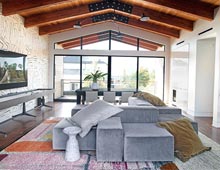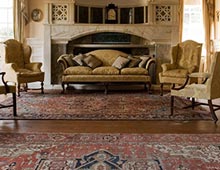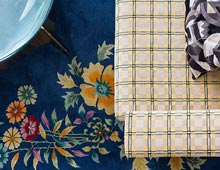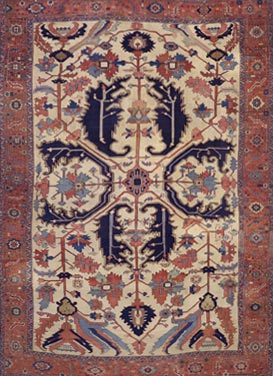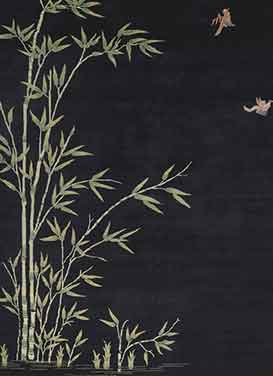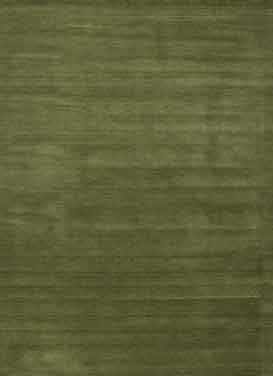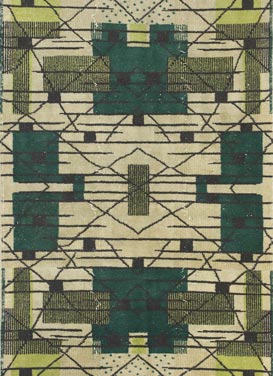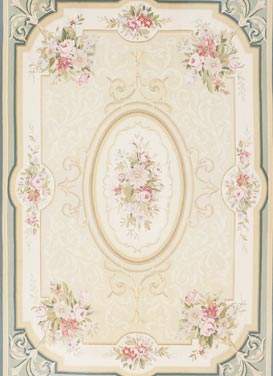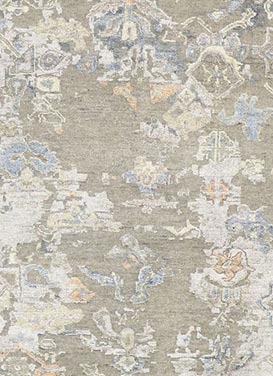- Inquiry
Description
20488 Vintage Berber Moroccan Azilal Rug, 03’09 x 06’06.
With meticulous craftsmanship, this hand-knotted wool vintage Moroccan Azilal rug showcases a mesmerizing diamond trellis pattern, where an all-over colorful lozenge lattice adorns an abrashed beige field, accentuated by charcoal and taupe outlines. Amidst this intricate design, the prominence of diamond shapes stands out, each symbolizing femininity and womanhood, weaving layers of meaning and cultural depth into the fabric of the rug. Though its design may appear simple at first glance, this vintage Moroccan Azilal rug resonates with profound significance, reflecting the rich heritage and traditions of the Berber artisans who crafted it.
Every thread of this vintage Moroccan rug tells a story of skilled artisanship and cultural symbolism, inviting admiration for its intricate beauty and timeless allure. The abundance of diamond shapes evokes a sense of reverence for femininity and the nurturing spirit of womanhood, serving as a poignant reminder of the enduring legacy woven into each stitch. Through its subtle yet profound design, this Azilal rug serves as a testament to the artisan's craftsmanship and the enduring traditions that have been passed down through generations.
As it graces any space with its presence, this vintage Moroccan Azilal rug not only adds a touch of elegance but also serves as a conversation piece, sparking curiosity about its origins and the stories it holds within its fibers. With its blend of vibrant colors, intricate patterns, and cultural symbolism, this rug serves as more than just a decorative accent—it is a tangible expression of heritage, craftsmanship, and the timeless beauty of Moroccan artistry.
- Rendered in variegated colors of dark green, mint, ruby red, cornflower blue, teal, aqua, royal blue, red, yellow, brick red, pink, and beige.
- Berber Tribes of Morocco.
- Desirable Age Wear.
- Abrash.
- Hand-knotted wool and hand-knotted cotton.
- Made in Morocco.
- Measures: 03’09 x 06’06.
- Date: 1970s. Late 20th Century.


